The unmentioned parameters are always either implicit, or not critical.
In your example:
- The voltages the resistors must withstand is implicit: it is the supply voltage.
- Their tolerance is not critical: what will happen even if the resistor is 4.2k or 5.3k ? Nothing really wrong. No part of the circuit will misbehave. So you may well choose the worst possible tolerance from any manufacturer.
- And actually, often, a parameter that is unmentioned is both implicit and non-critical: Here, the resistor power is implicit: it is U²/R, with U being the supply voltage. This gives a few mW, which clearly makes it non-critical.
Regarding the implicit information: It forces you to have a good understanding of the overall circuit, that is right. But it simplifies the drawing and prevents redundant information, which can be more confusing than useful.
Regarding their non-criticality: Often, on a schematic, the engineer will only put information that is important for the device to work. And that is actually important not to put unimportant information. Because, if you think an information is critical when it's not, it may lead you to select a component that is over-specified.
Now, in a datasheet, they will never go as far as providing a part number (espacially for things as uncritical as pull-up resistors), unless there is actually only one part in the world that work for this specific schematic (that may be the case, for example, in SMPS supplies where the transformer is often made specifically, or, of course, for the other ICs of the circuit). The part number is always up to you to choose, because suppliers catalogs are always evolving, and the pricing is often the main driver in selecting components.
However, you can often find one or several reference designs when looking for documentation on a given IC, and these reference designs often come with a complete schematic and bill of materials, which provide full part numbers, even for mildly-critical components (transistor, mosfets, diodes, ...).
